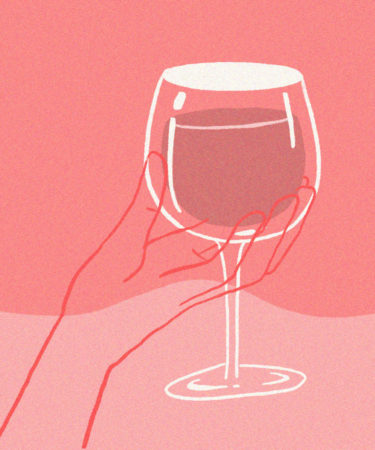When it comes to rosé consumption, we’re still in our infancy here in the U.S. It’s normal that we’d think the lighter in pink the juice is, the drier the wine will be. But like all wines, color has nothing to do with sugar content in rosé. This is a common misconception, and it is time we put it to bed: Just because a rosé is darker, does not mean it’s sweeter.
Some rosés are simply darker because the red grapes that were used to make them had darker skins to begin with, such as Cabernet or Merlot. It could also be that the winemaker chose to let the skins soak with the juice a bit longer, to give the wine just a touch more tannin, adding to the complexity.
If you’re trying to avoid a sugary-sweet rosé, you are much better off going on price. Cheaper wines in general have a tendency to up the sugar content in order to mask the less-than-stellar fruit that’s needed to make these wines in bulk. So, if sugar in your rosé, and the headaches that can come with it, are things you want to avoid, just look for rosés in the $15 to $20 price range or over, and you should be fine.
